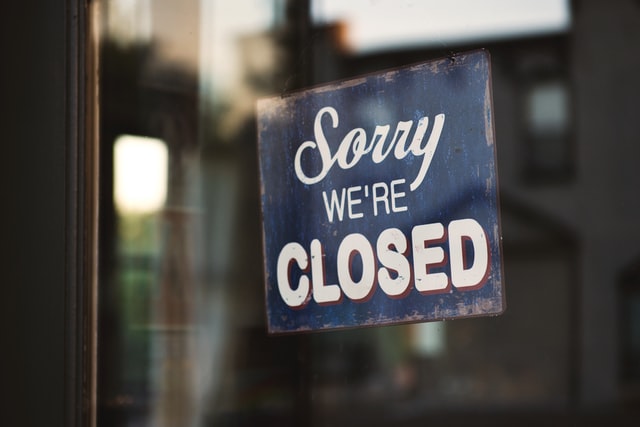
Dear friends and neighbors,
Last week Washington’s new Secretary of Health, Dr. Umair Shah, gave House Democrats an update on distribution of the COVID-19 vaccine in our state.
The good news is the lag between when vaccines arrive here and when they are getting into people’s arms is minimal. Data collection is slower than we wish, but it appears what we are distributing is increasing every day, with a rolling average of 24,000 vaccinations per day.
Earlier this week, the governor unveiled an updated COVID-19 vaccine plan that aims to increase the number of Washingtonians vaccinated per day to 45,000. Here’s how you can stay in the loop:
- Vaccines are being distributed in phases. You can use the Phase Finder online tool to find out if you’re currently eligible for the vaccine, or to sign up to get an alert when you are.
- Currently, we’re in Phase 1B-Tier 1. That means anyone 65 and older, and 50 and older living in a multigenerational household, can get the vaccine.
- The vaccine is also still available to those who are eligible in Phase 1A, including high-risk health care workers, high-risk first responders and long-term care facility residents. This timeline lays out the phases and estimated start dates.
- This interactive COVID-19 vaccine data dashboard is a partnership from the Department of Health and Microsoft’s AI for Health team.
Helping Washington families and businesses most impacted by the COVID-19 pandemic

Last week, House Democrats announced a plan that will help people struggling to pay rent, small restaurants and other neighborhood businesses, school districts, uninsured and underinsured individuals, and Black and Brown communities, all of which have been disproportionally hurt by the ongoing pandemic.
We’re calling it Step One, because it is the first but not the only step legislators will take this session to get help out to where it is desperately needed.
The proposal directs $2.2 billion in federal funds into critical areas that help families and businesses:
BOOSTING PUBLIC HEALTH: $618 million for vaccine distribution, contact tracing and testing, and epidemiology funding so that the governor’s plan to vaccinate 45,000 people a day has the necessary funding in the short-term.
KEEPING PEOPLE IN THEIR HOMES AND FED: $365 million for rental assistance, foreclosure assistance, and for small landlords to stay on top of their mortgages. The plan also includes $52 million for food and cash assistance, and TANF extension.
INVESTING IN SMALL BUSINESSES: $240 million for grants for small businesses and non-profits to maintain operations and help with reopening.
GETTING STUDENTS CAUGHT UP: $714 million for schools to address learning loss, keep teachers on the payroll and get ready to bring kids back to the classroom when it’s safe to do so. The plan also includes $50 million for grants for child care providers.
SUPPORTING ALL WASHINGTONIANS: $70 million for long-term care and developmental disabilities programs and $6 million for health care for those who are underinsured and uninsured. The plan also includes $65 million for immigrant relief assistance and $5 million for grants to provide emergency financial aid for undocumented college students.
What’s next:
The Step One proposal had a public hearing in the House Appropriations Committee this week. The bills reflecting the changes and appropriations are HB 1367 and HB 1368 and their Senate companion bills are SB 5343 and SB 5344. We hope to move these bills off the House floor by next week.
Again, this early action is just a first step. Still ahead is a supplemental budget, a new operating budget for the upcoming 2021-23 biennium, and other bills that address needs in our communities due to COVID-19.
I’ll keep you posted on these early action measures. In the meantime, please reach out and contact me with your questions, concerns, and comments.
Sincerely,

